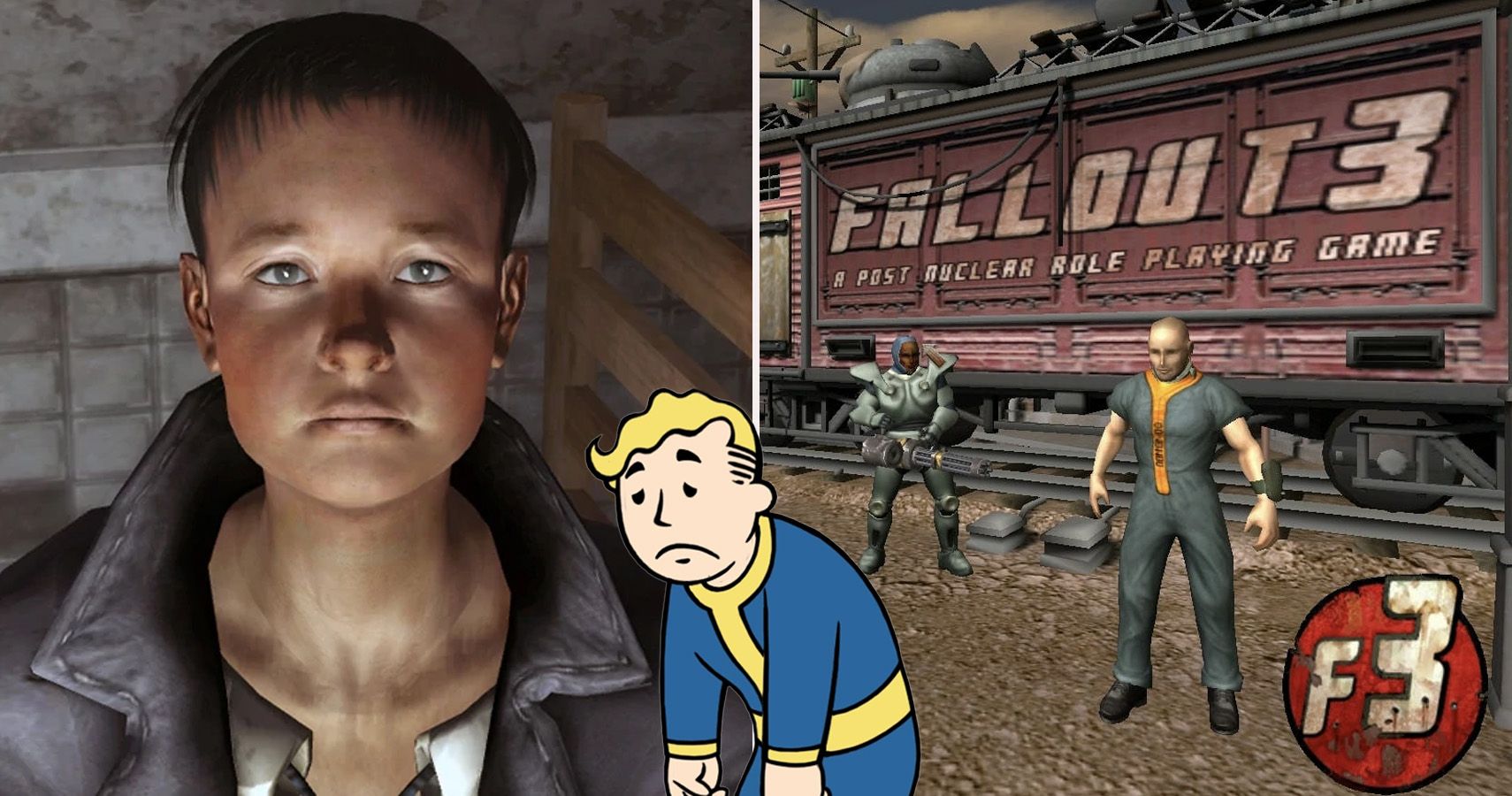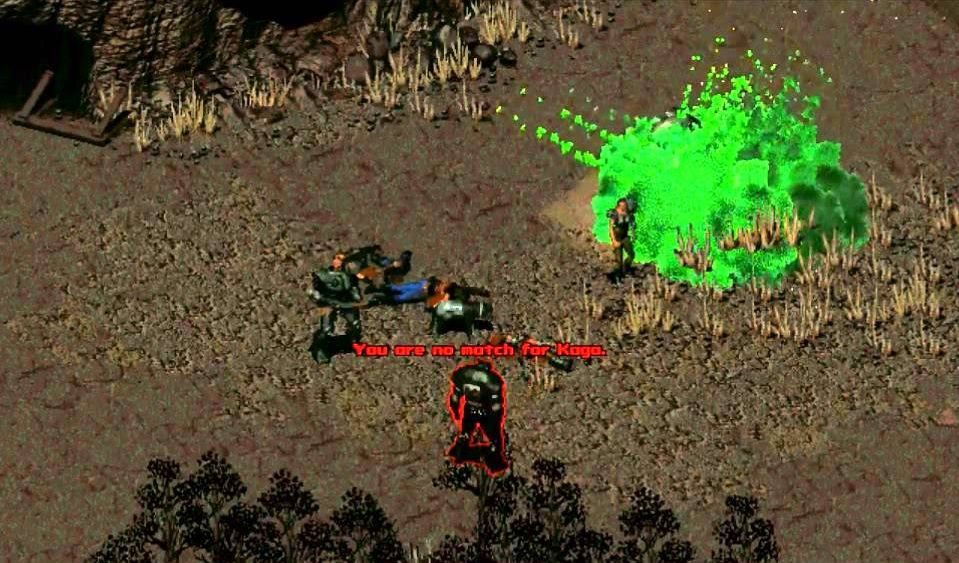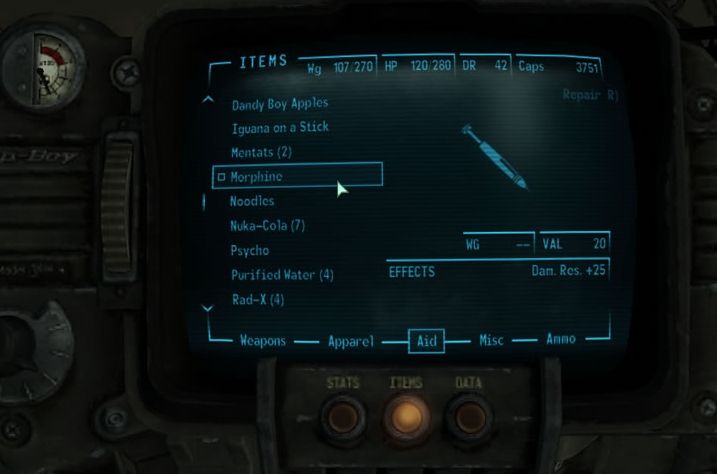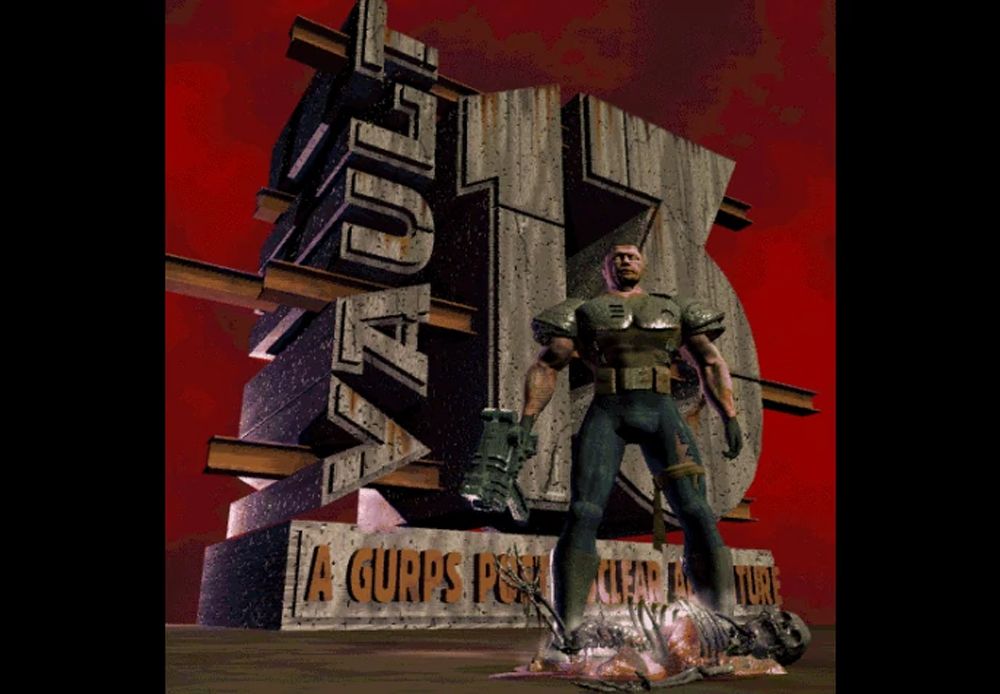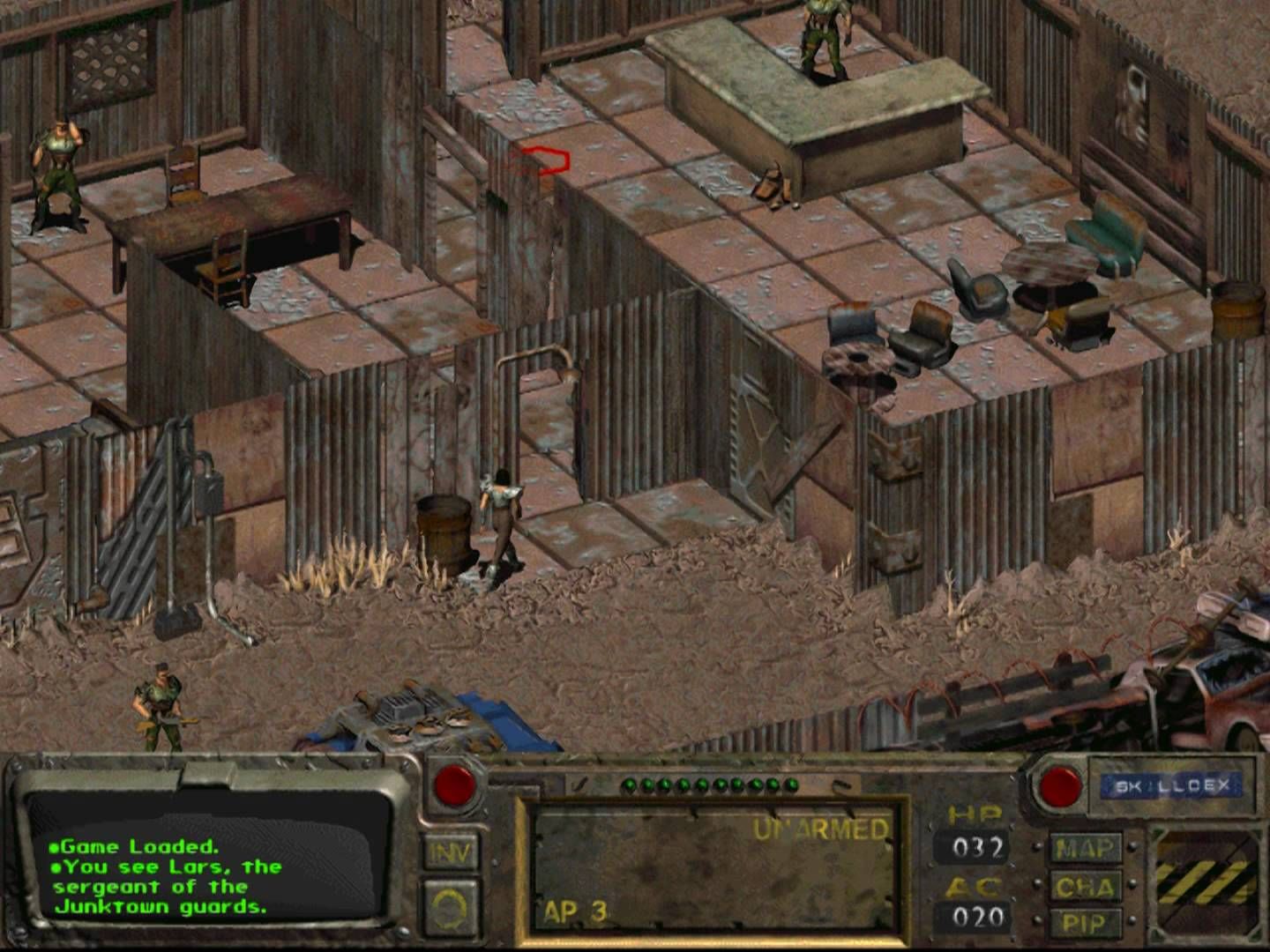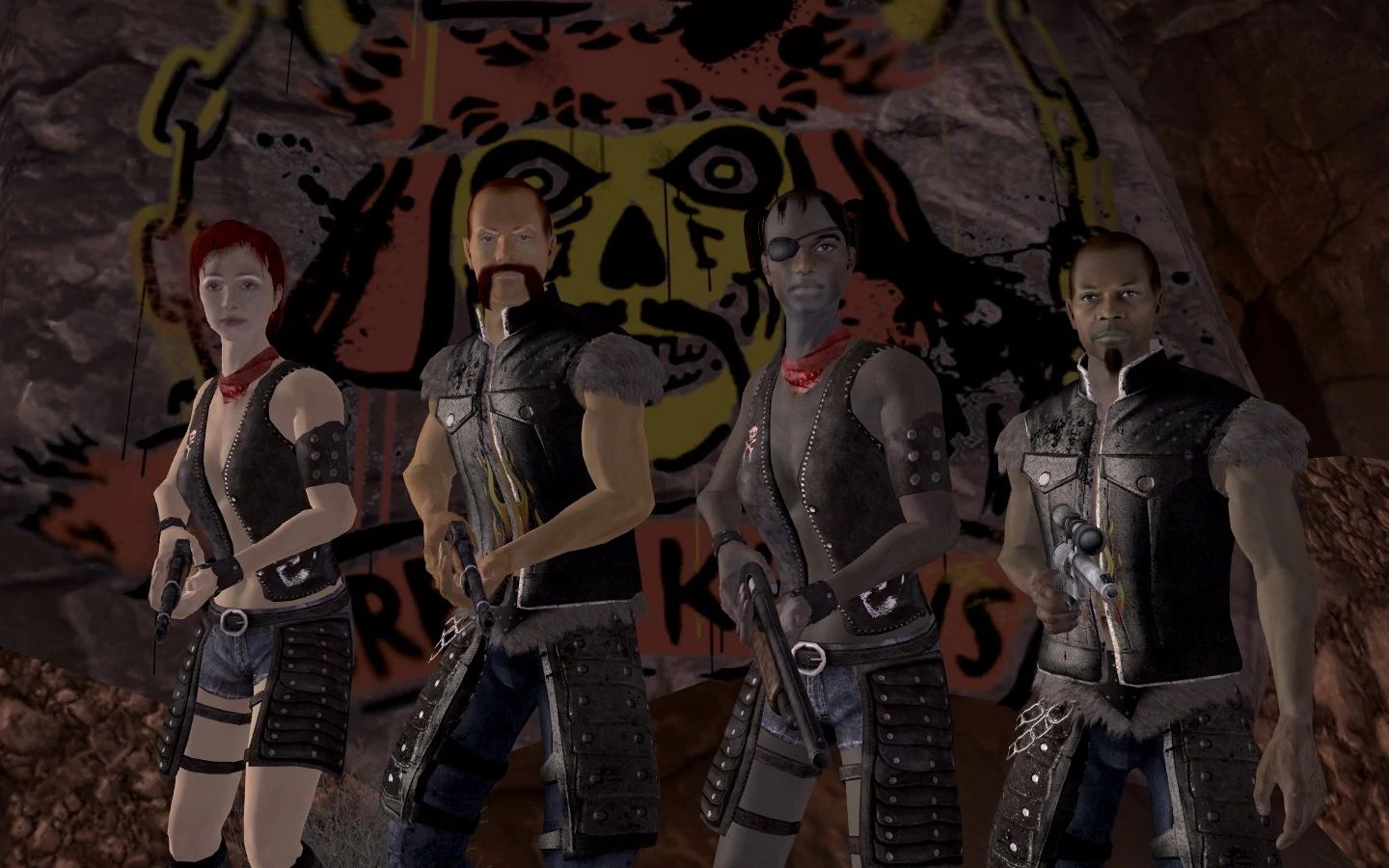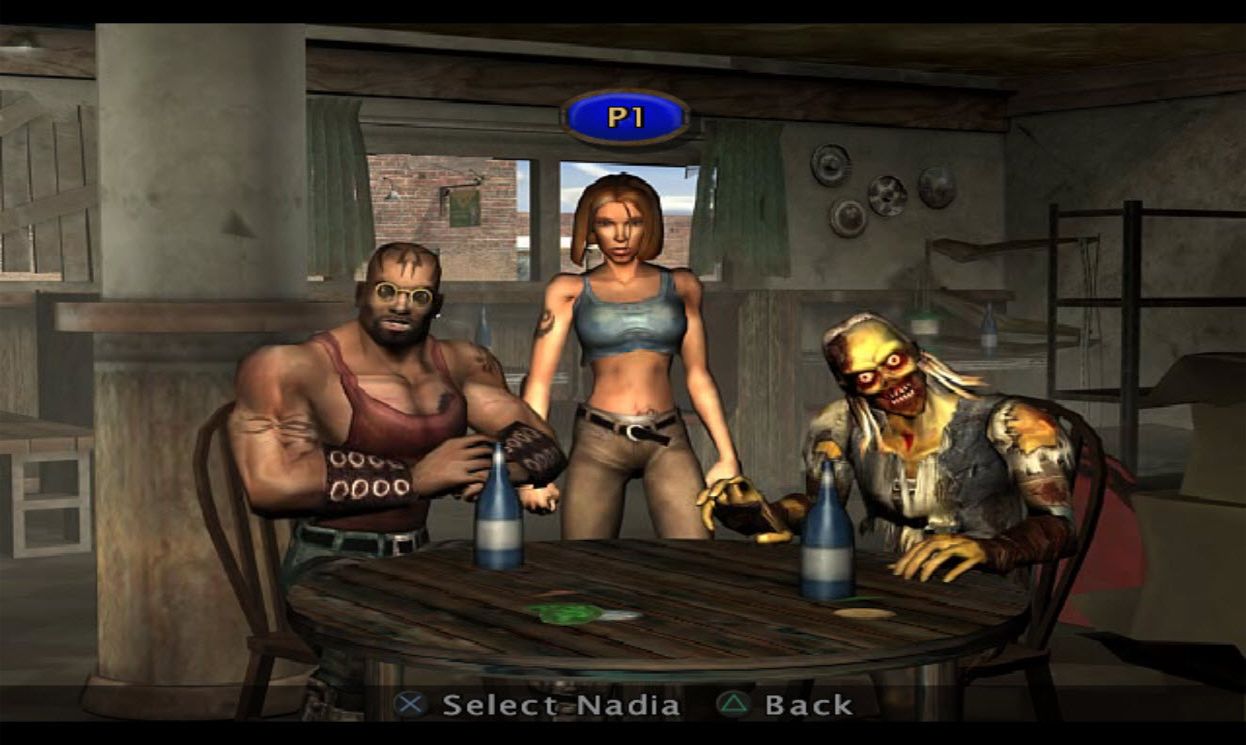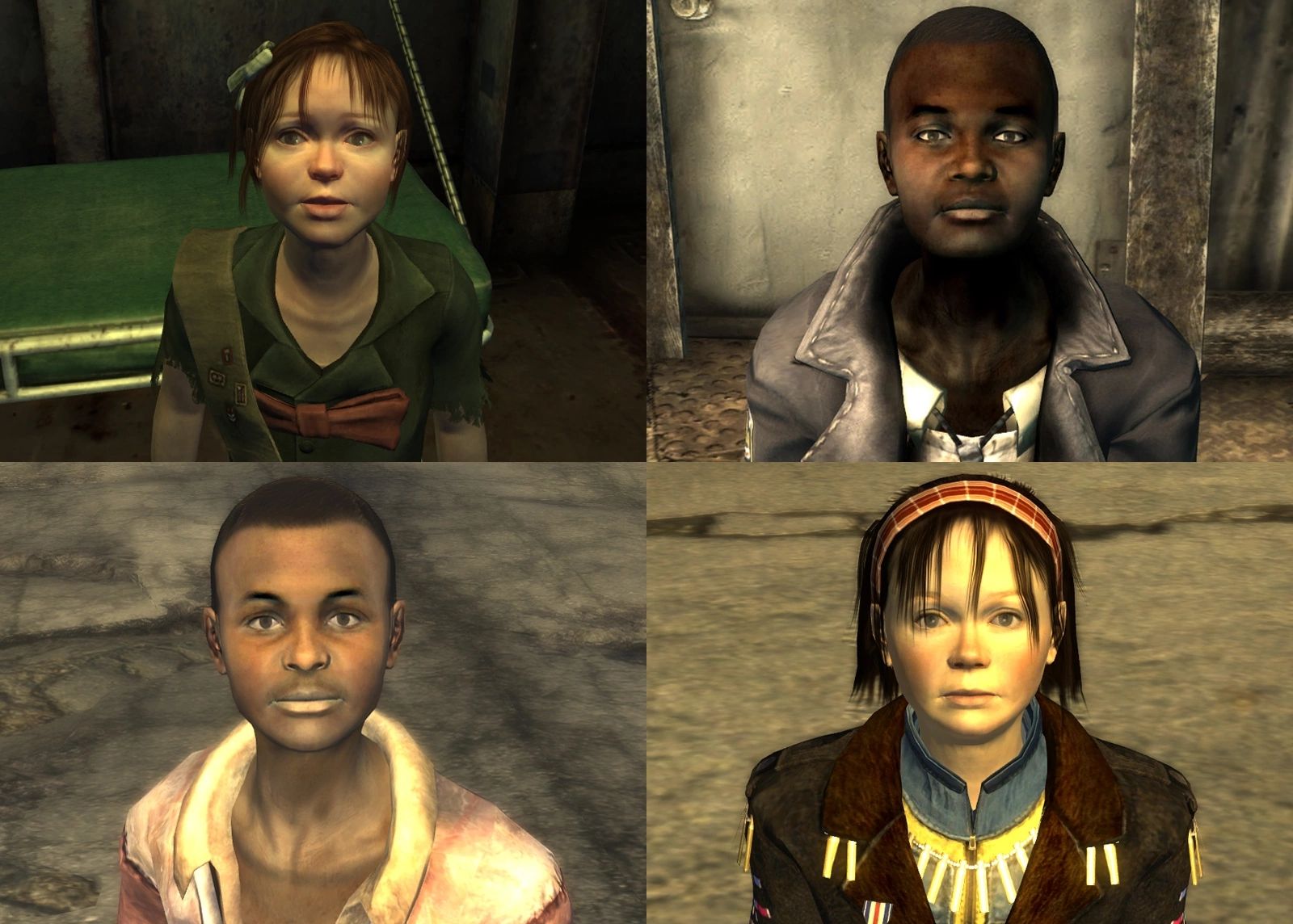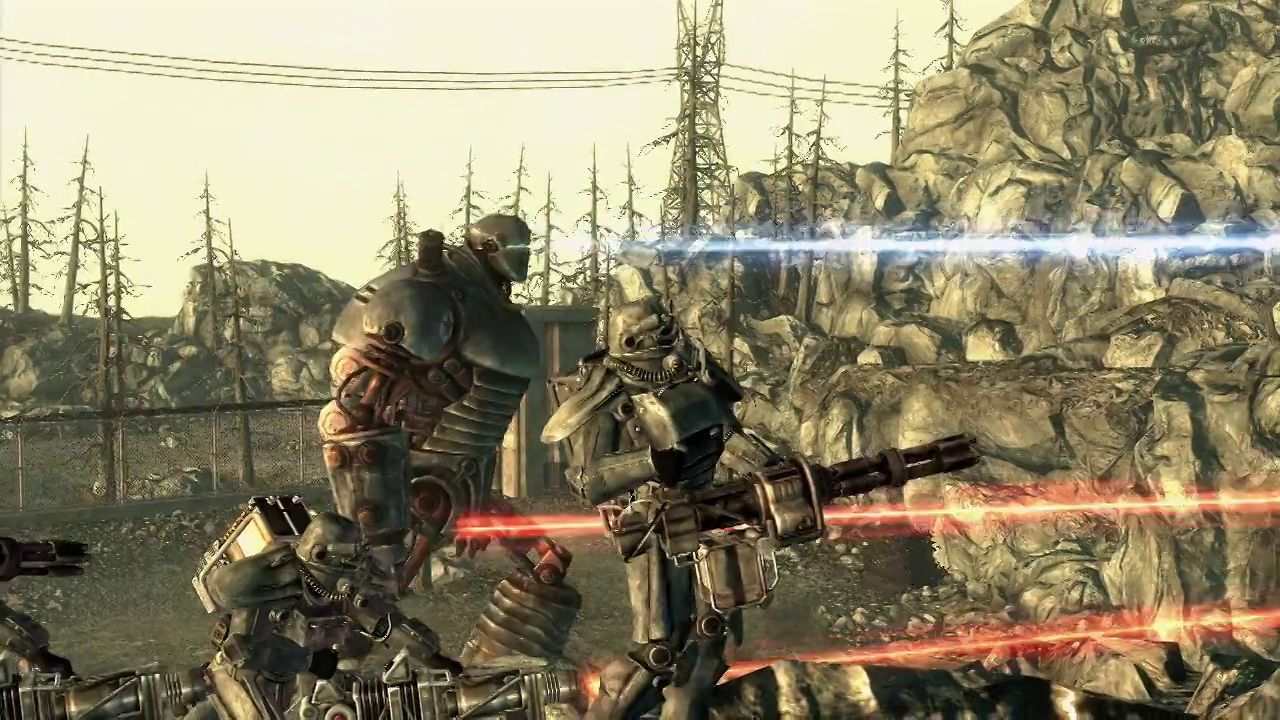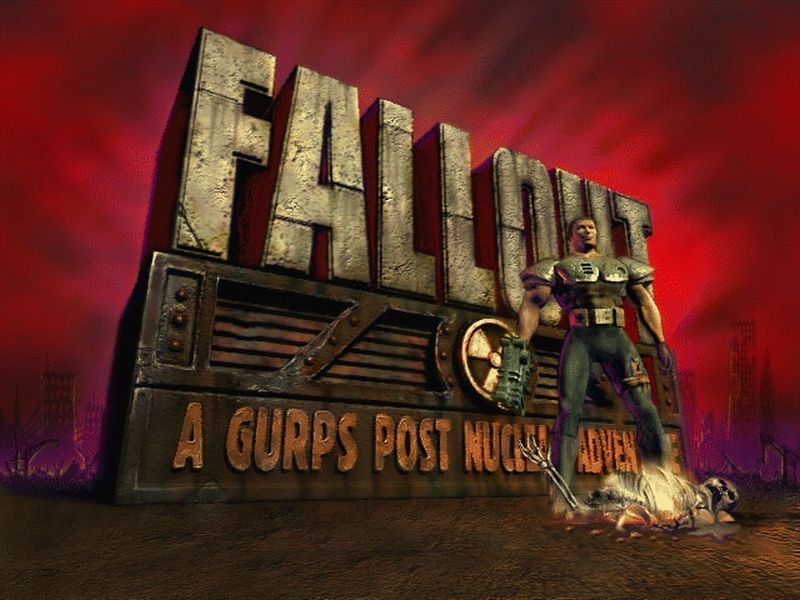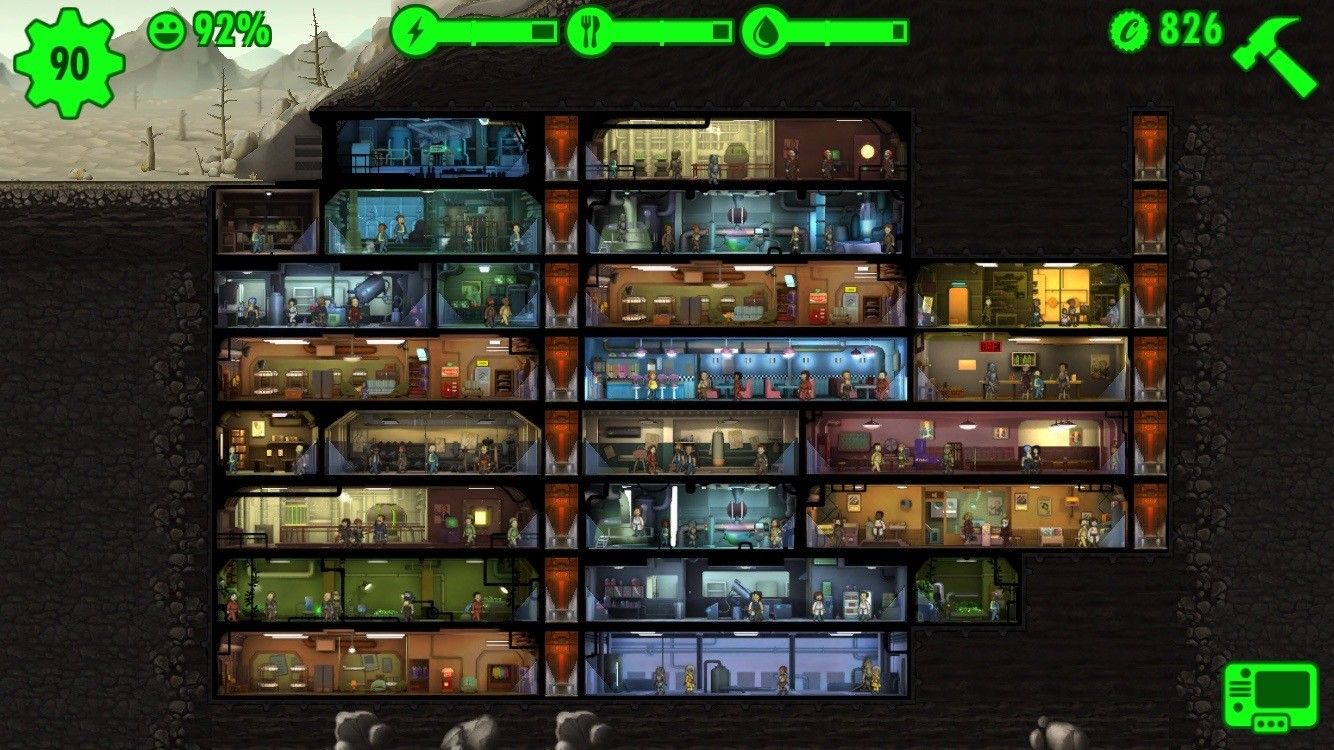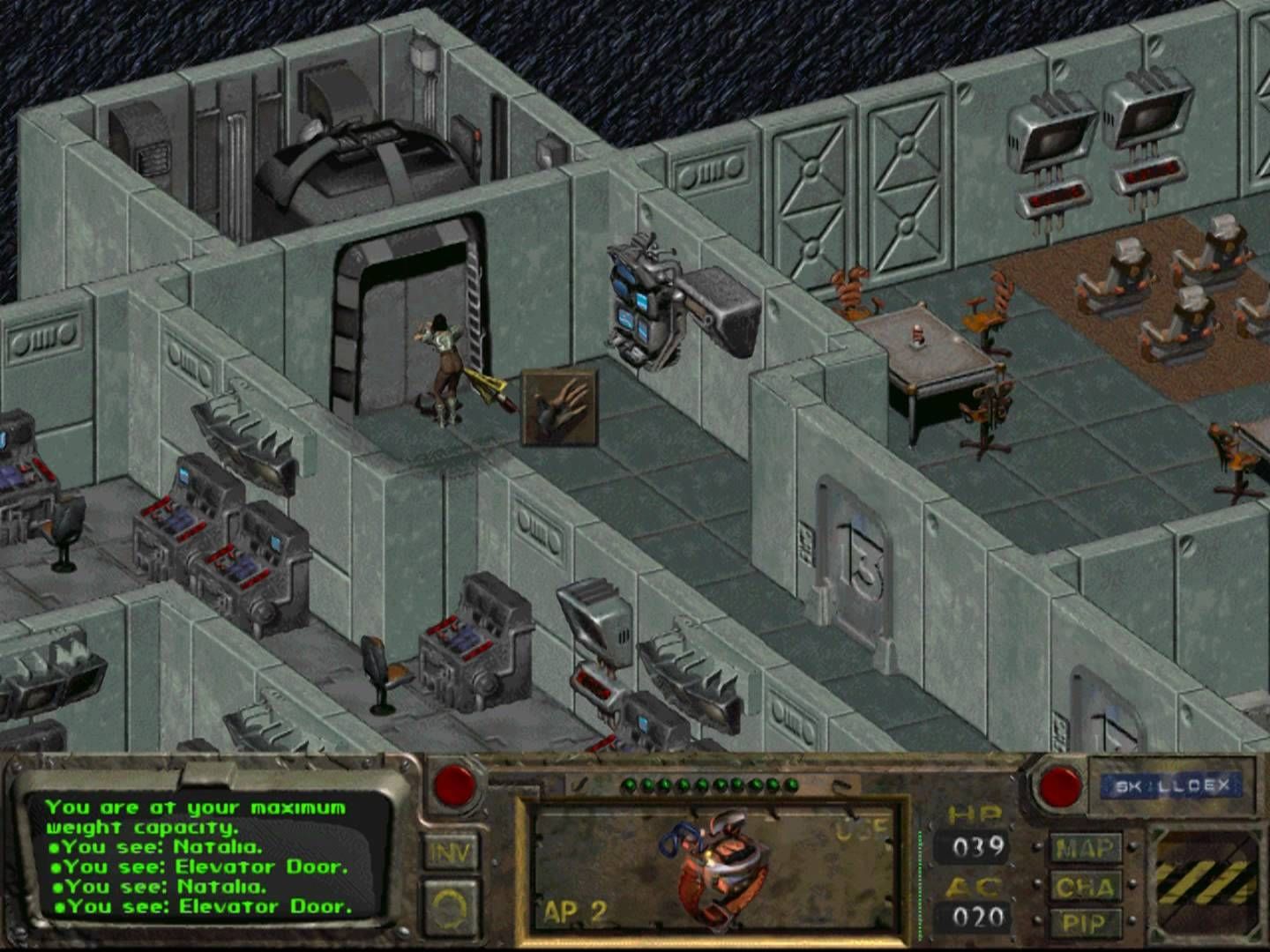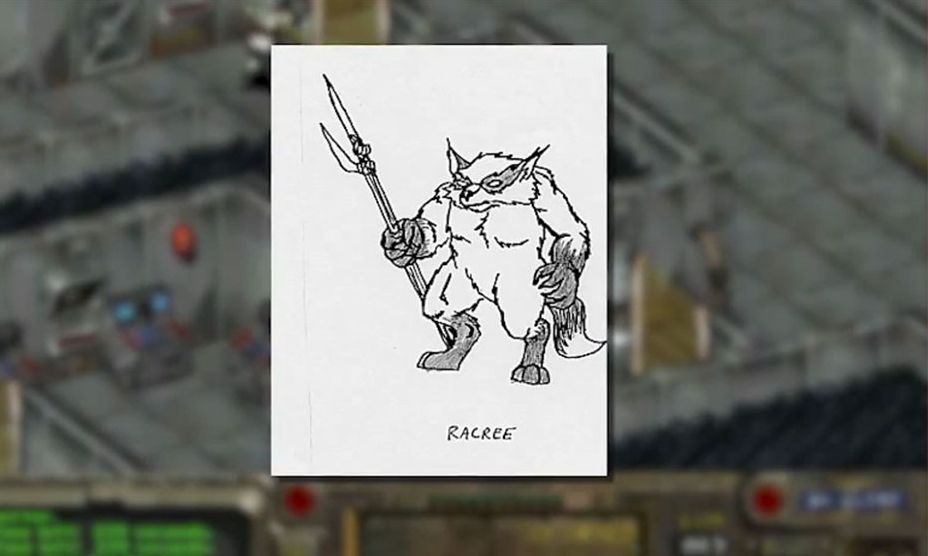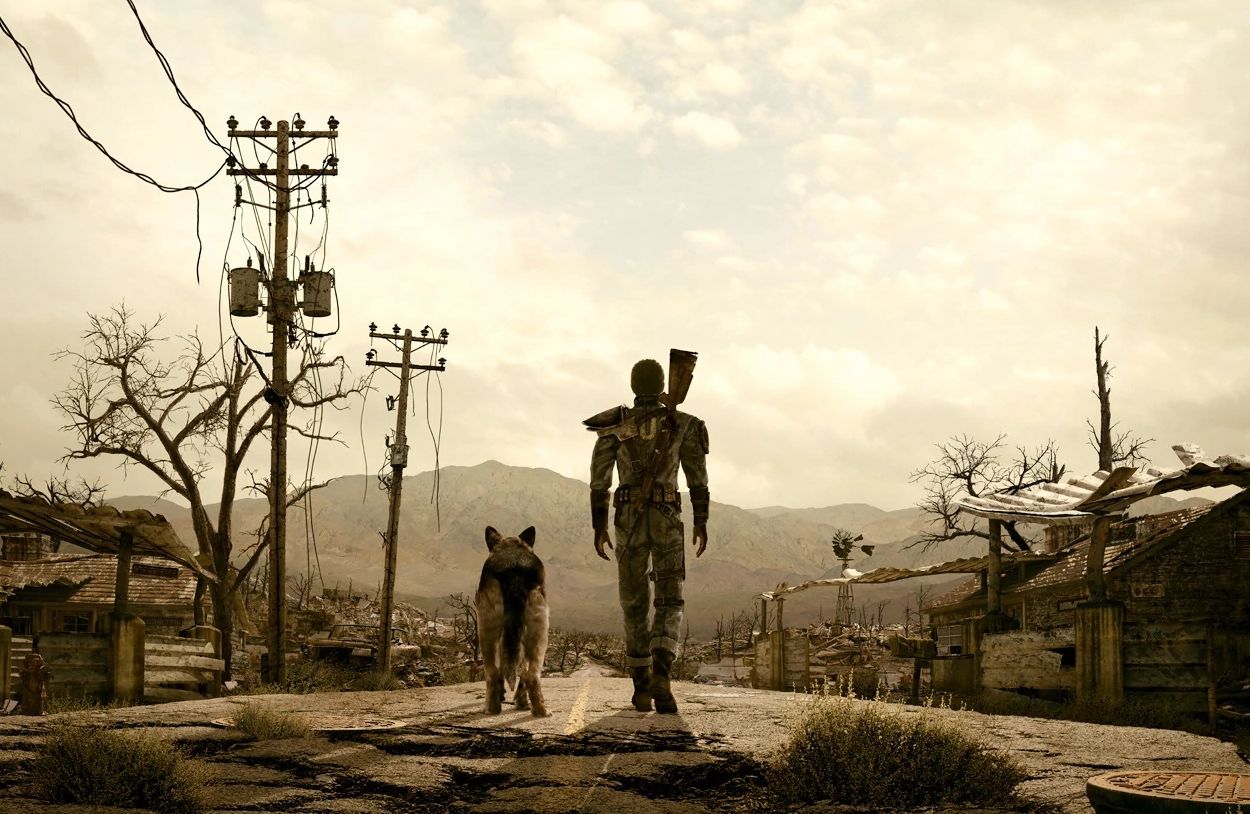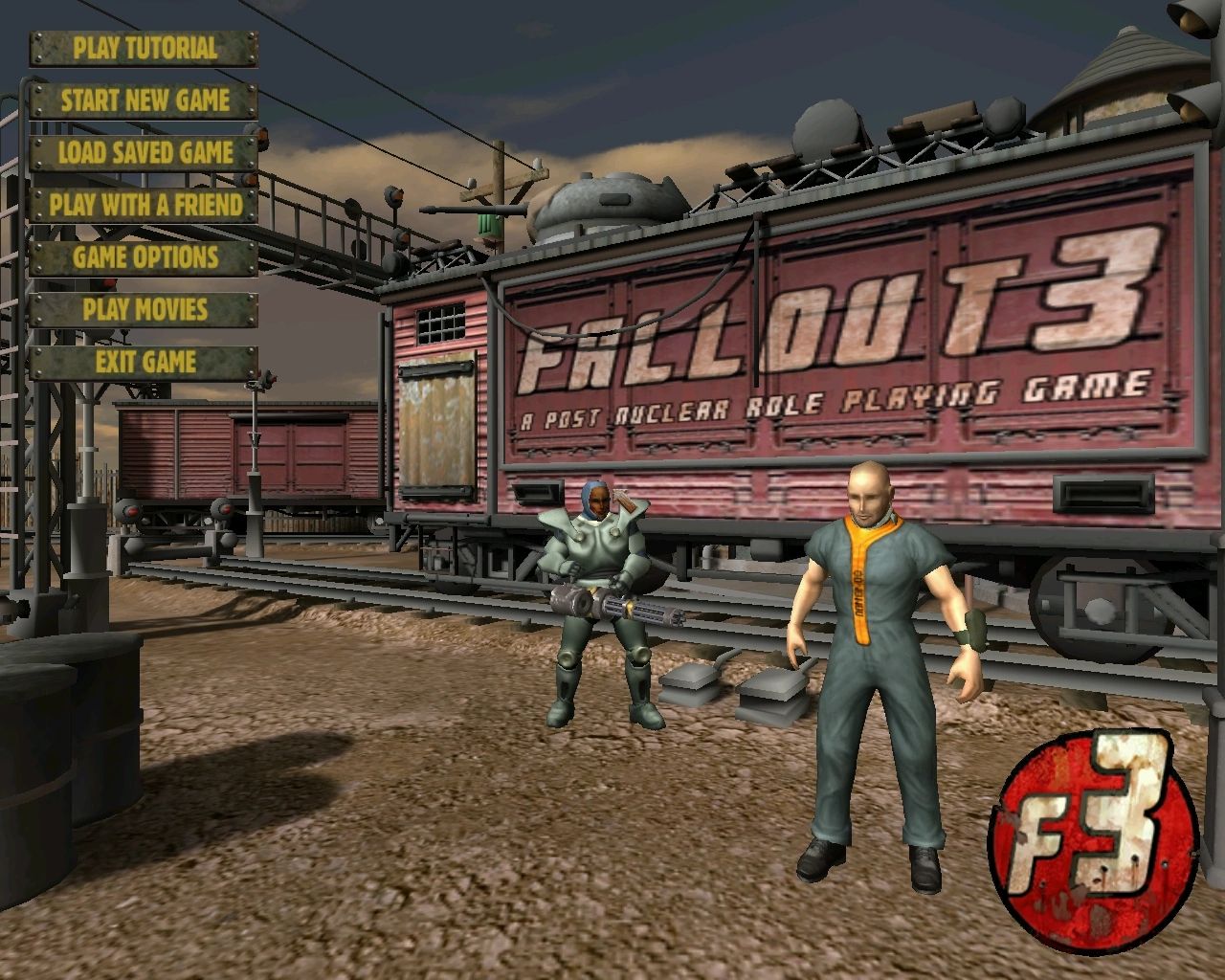War never changes but Fallout certainly has. One of Interplay Entertainment’s development teams, Black Isle Studios, wanted to create a new game. Their previous title, Wasteland, was a role-playing game set in the aftermath of nuclear war. Wasteland enjoyed worldwide success and positive reception from players. Wasteland’s sequel Fountain of Dreams did not live up to the hype of the original game and the publisher, Electronic Arts, scrapped plans for a sequel.
Interplay began developing a new role-playing game, which they called the spiritual successor to Wasteland. Also set in the aftermath of nuclear war, Fallout was a new open world experience. Starring a person who spent the majority of their lives inside a vault, the vault dweller would experience a new world, along with the player. With a brand new game with new lore to create, Interplay had to make several changes in development. Some of the changes were voluntary, but many were forced upon them by collaborators or management.
When Interplay faced bankruptcy and dismantled Black Isle Studios, the rights to Fallout were sold to Bethesda. The new developer kept a majority of the original series intact but also wanted to make changes to make the game accessible to new players. Though old fans fought the changes, the Fallout series has flourished and has received worldwide success.
Our list compiles some of the many changes that Fallout has faced during development from both Black Isle and Bethesda. Without these changes, Fallout would have been a completely different game.
15 This Kind Of Sounds Like Pokémon
The Fallout series always starts out with a lone hero who is chosen by an elder to help their home. Though you can recruit companions along the way, you spend most of the game alone. The Wastelands are a lonely place, especially once you travel far from your home.
In Fallout 2, Black Isle originally planned to bring a piece of home to you. Though you may travel the lands alone, a piece of your home would come to you. The Chosen One would had had a rival named Kaga. Angry that he was not chosen to take on the task to save Arroyo, Kaga would face-off with the Chosen One six different times over the course of the game. Plans to finalize Kaga for Fallout 2's final release were abandoned to spend more time developing the game.
14 Forced Censorship Of Real-Life Medicine
Video games often face changes when preparing for worldwide release. Revisions have to be made to make it suitable for a country’s audiences. Fallout 3 was no different. The games in the series all included a side-effect of addiction when taking a chem. Each of the chems was based on drugs in the real world. One of the chems, Morphine, which increases damage resistance by 25%, had to be changed.
The Australian Classification Board would not allow Fallout 3 to be sold in Australia unless the name was changed. Bethesda also had to change any additional references to drugs that could be found in the real world. Morphine was changed to Med-X instead. Instead of changing it only in Australia, every Fallout 3 game and its sequels made the change from Morphine to Med-X.
13 The Iconic Title Wasn't Always The Same
Fallout refers to the events that occurred after nuclear bomb attacks during the Great War. You take on the role of a survivor who has lived through rebuilding sections of the United States. The title has become well-known, and when spoken off, most know Fallout as the game series.
Fallout did not always have its iconic game title. At first, the game was called Vault 13, which was the vault the original Vault Dweller emerged from in Fallout 1. Since it was using the rules of the General Universal RolePlaying System, GURPS was also part of the original title. After the collaboration ended, it became known as Armageddon. That name had to be changed because one of Interplay’s teams was working on a title with that name. The name Fallout was suggested by Brian Fargo and was chosen as the title of the game.
12 BioWare Was Almost Involved
Interplay was a large company with many tools available to them. When beginning development of Fallout, programmer Tim Cain worked on the game engine a majority of the design for the game. Often, he worked completely alone, but other Interplay employees would help when they were available. Cain was able to finish programming the game engine in six months with no additional money or resources.
Interplay recently acquired rights to for BioWare’s Infinity engine, which was used on other popular games by Interplay games such as Planescape: Torment and Icewind Dale. The Infinity engine was often used in 2D role playing games. Filled with passion for the Fallout project, Cain chose to build a new game engine over another more popular one at the time.
11 A Fallout Without Caps
With a country recovering from a nuclear war, Black Isle wanted to change the way payment was handled. They first considered throwing out money, and using a bartering system instead. With the amount of items one could discover in the game, bartering quickly became too difficult to program. The game would have to consistently decide how to make fair transactions between the player and AI.
After bartering was abandoned, Designer Brian Freyermuth discussed a new form of currency. Pre-war money can still be found in game, but without a treasury to print new bills, it would become obsolete quickly. At first bullets were chosen. Bullets were rare, but people would be too scared to use it, as they were literally shooting away their money. Bottle caps were common and often considered trash, but were now rare enough not to be abused. Bottle caps were ultimately chosen as Fallout’s currency.
10 The Courier Could Have Followed A Different Path
Fallout is a role playing game, and gamers choose to role-play in different ways. Though many prefer to play the hero, sometimes people want to play more devious characters. Unfortunately, being snarky or sarcastic has the potential to make a companion go their separate ways or anger an entire group of settlers.
Fallout: New Vegas planned to let players take on a more evil path. During the game, you will run into a group called the Great Khans. The Khans are an organized group of raiders who have survived the longest in the Mojave. There was an entire quest line of how the Courier would have gained the Khan’s trust and become one of them. The Courier would have worked their way up to become the leader and potentially had a different ending. Unfortunately, this quest became one of many pieces of cut content from the game.
9 Brotherhood Of Steel’s Origins Changed
The Brotherhood of Steel made their first appearance in Fallout 1. They first began as a group that hoarded technology and tried to remain hidden from the rest of the world. Their role changed in Fallout 3, when General Lyon’s splinter group became a force for good, wanting to help the people of the Wasteland instead of keeping technology for themselves.
Interplay developed a game all about this mysterious faction. In Fallout: Brotherhood of Steel, the organization changed their role from hiding to being out in the open. They would become a group policing post-war America, which was the main role of the Enclave. After acquiring rights to the game, Bethesda listened to the critical response and announced this game was not canon to the series.
8 Changed Letting Players Harm the Innocent
When Interplay and Steve Jackson Games, creator of the Generic Universal RolePlaying System, parted ways, Black Isle Studios discussed creating a brand new role playing system. There would be fewer rules, and the player had more options for an immersive role-playing experience. Originally, they let players do almost anything, even kill children. But every decision in the game has consequences. Killing a child would brand the player a “Child Killer.”
Along with other changes, Bethesda decided to end this option Fallout 3. Fallout 3’s Lead Designer Emil Pagliarulo, told Edge Magazine that killing children was “gratuitous, unnecessary and cruel.” They felt there was no reason to continue to let users have the option to kill children. Children are now marked as essential, unkillable NPCs in Fallout 3 and its sequels.
7 Almost Kept Fallout 3's Terrible Ending
When Fallout 3 was first released, fans of the original series were highly critical of the changes Bethesda made. After Black Isle Studios was dismantled and Interplay faced bankruptcy, Bethesda wanted to make the series more accessible to new fans.
Even new fans to the series complained about the game’s ending. Fallout 3 could either end with the player wandering around the Wasteland, similar to Fallout 1 and 2. The player could also die, a death which is highly preventable by bringing Charon, a ghoul, or Fawkes, a Super Mutant, who are both immune to high amounts of radiation. There was also a Level 30 level cap.
The backlash from fans influenced Bethesda to create the Broken Steel DLC, which extended the ending. With a higher level cap, players could continue to explore the Wasteland and wrap up any open side quests.
6 Would Have Been a Completely Different Role Playing Game
When Fallout was in development, it was originally a collaboration with the Generic Universal RolePlaying System by Steve Jackson Games. GURPS was commonly used in the 1980s and 1990s for creating characters. With a system of numbers and dice rolls, points would be used to assign stats to characters. Each character has four attributes: strength, dexterity, intelligence, and health. The generic rules of GURPs allowed players more freedom. The game would initially be titled GURPS: Wasteland and Vault 13: A GURPS Post-Nuclear Adventure.
Steve Jackson Games let Black Isle Studios develop the game in peace until the trailer was unveiled. Steve Jackson Games disapproved of the trailer's amount of violence. Interplay and Steve Jackson Games eventually parted ways and Fallout’s SPECIAL role-playing system was developed.
5 Too Many Cooks In The Kitchen?
Fallout Shelter is a mobile vault management game. Players take on the role of the Overseer and micromanage each of the residents. Executive Producer and Game Director Todd Howard stated that several prototypes of Fallout games for the iOS were pitched, but were rejected.
John Carmack of id Software said that it was possible to make Fallout on a mobile device. He believed that any Fallout game on a mobile device would be a collaboration between both Bethesda and id Software. Development was put on hold due to the amount of work Carmack had to complete before investing time in a mobile Fallout. He hoped to contribute some amount of code to the project.
Fallout Shelter was released in 2015 after its debut at E3 but without any contributions from John Carmack or id Software.
4 Fallout Meets The Sims
Wandering the Wastelands is a long, lonely journey. Players eventually need a place to stay and recharge, even find a merchant to purchase a few items. Within established settlements, players could earn an apartment to call home. Fallout 4 expanded on these player homes with the Workshop, where players could completely renovate and customize their home.
Players would have had the option to renovate their homes as early as Fallout 1. Plans were originally designed to allow players to travel back to Vault 13. The Vault would have been a full settlement, where players could receive medical services, purchase items, and sleep. They could even return to their childhood sleeping quarters. With little time and resources to develop Vault 13, Black Isle had to abandon plans to expand it.
3 Sapient Animals With Weapons??
Within the world of Fallout, players uncover several mutated types of creatures. Super Mutants were mutated from humans. Though cats and dogs have mostly remained in-tact, the two headed Brahmin mutated from cows. Like most real life animals, their personality remains similar to their real world counterparts. Dogs remain loyal and can even join you in battle, like Dogmeat, and cats remain as aloof as ever.
Besides from the group of intelligent Deathclaws that can survive in Fallout 2, there were plans to create more groups of sapient animals, such as the S’Lanter, sentient raccoons. The S’Lanter would have personalities similar to humans and band together to form settlements. They would have also had the ability to defend themselves with various weapons. The player could interact with them to help or destroy them all.
2 Almost Abandoned For More Popular Titles
Fallout may have evolved into an incredible series, but it almost did not launch at all. Black Isle Studios was part of Interplay. Interplay understood that the developers wanted to create new intellectual properties (IPs), but they were also a business and needed to make a profit. Interplay discussed the possibility of shutting the game down to work on more popular series. Interplay almost had that opportunity when their collaboration with Steve Jackson Games ended.
Black Isle refused to give up on their project. Programmer Tim Cain was determined to work on the game, even if it meant developing it by himself. Luckily, he didn’t have to. With the other members of Black Isle and additional Interplay developers, they were able to complete Fallout. The game received positive reviews and has remained a popular series.
1 Bethesda Almost Didn't Make The Third Game
Before Bethesda acquired the rights to Fallout, Black Isle had started development on the third sequel to their Fallout series. Entitled Van Buren, it would have been a different story and not a direct sequel of the events of Fallout 3. The character would have started the game as a prisoner in the regions of Utah and Colorado, convicted of a crime they may or may not have committed. The Brotherhood of Steel and the New Californian Republic would have been the main warring factions in Van Buren.
Bethesda released an entirely unrelated Fallout 3 sequel compared to Black Isle’s original work. Though fans complained about the game taking place on the East Coast, Fallout 3 still received positive reviews. Luckily, Black Isle's hard work was not wasted. They were able to use elements from Van Buren in Fallout: New Vegas.

